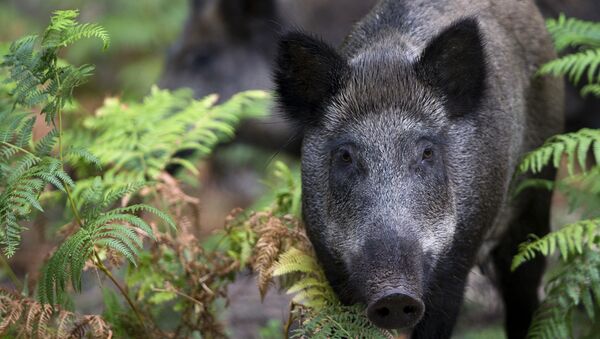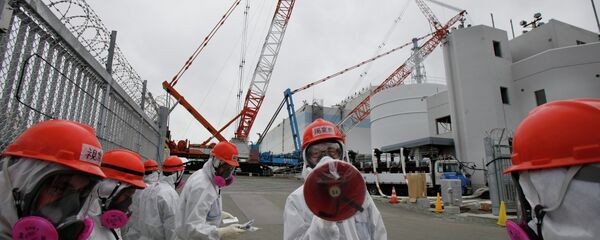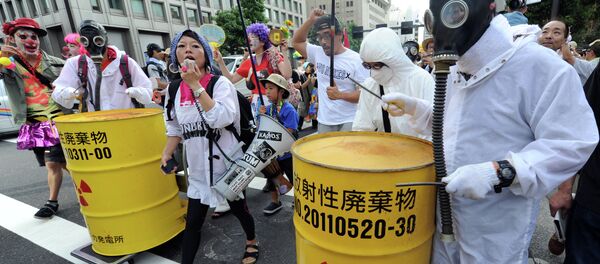"Hunters are shooting the boars as fast as they can, but local cities are running out of burial space and incinerator capacity to dispose of their corpses," The Times reported.
According to the report, in the years following the disaster the number of wild boars in Fukushima prefecture increased from 3,000 to 13,000, and they have spread outside the radioactive exclusion zone to cause $875,000 worth of damage.
The boars have become contaminated by radiation due to eating crops, berries, roots and small animals affected by radioactive fallout, and tests carried out on the meat of the wild boars in the area found levels of the radioactive element caesium-137 that were 300 times higher than the legal limit for human consumption.

In total approximately 154,000 people have been evacuated, and more than 100,000 are still unable to return home.




